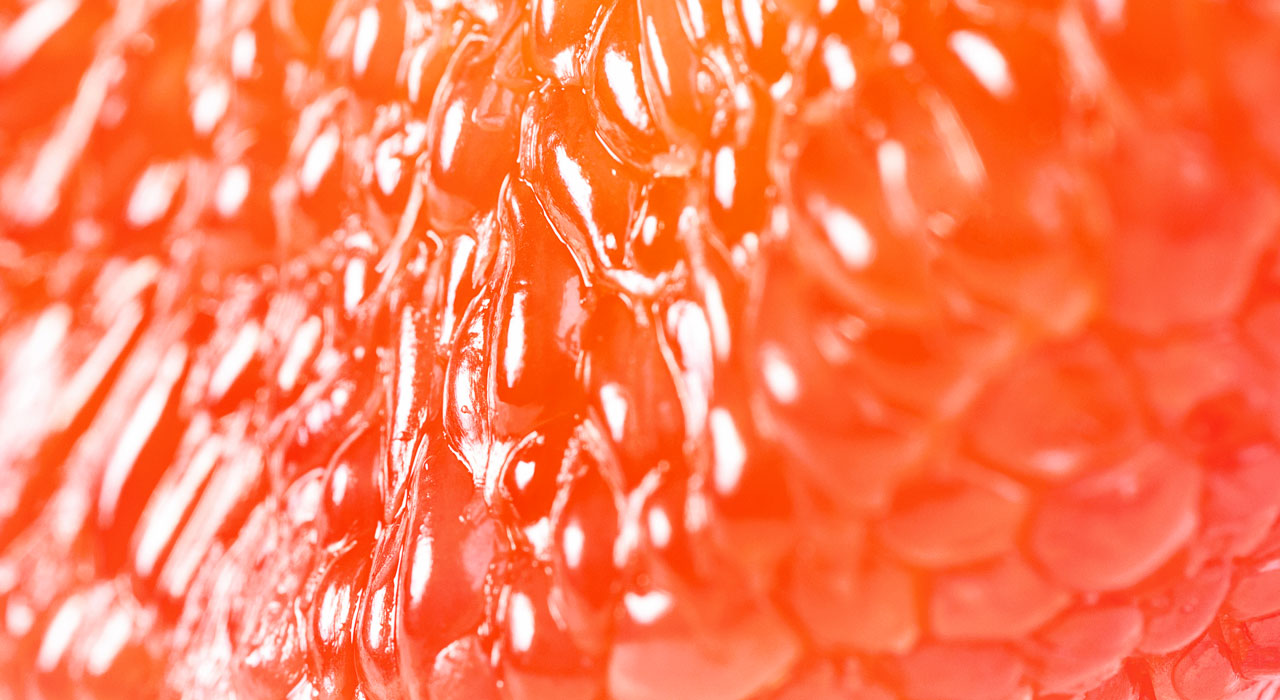Beauty
Everything You Need To Know About Cellulite
If you’re not on Instagram, you may have missed the hundreds of thousands of women all proudly posting pictures of their badass bodies, covered in stretch marks, birth marks and most importantly – cellulite. This body positive movement is encouraging women to love themselves and all their imperfections.
The media, however, has been going on about cellulite for years telling us to be ashamed of it. Up until recently, I didn’t even know I had it. Why? Because vague paparazzi shots of A list celebrities’ legs aren’t exactly clear, so it’s difficult to know what we should be so repulsed by.
Cellulite, aka ‘orange peel’, is a condition that affects nearly 90% of women and 10% of men. But, many of us have no idea what it is, why it’s there or how to get rid of it (and if we should).
Here is everything you need to know about cellulite.
What is it?
Cellulite is a persistent subcutaneous fat which causes a dimpled appearance on the skin, primarily on women’s hips and thighs. It’s formed when fat deposits begin to push through layers of either collagen fibers or weak connective tissues, under the skin.
These connective tissues are weakened by a variety of factors including diet, hormones, inactivity, poor circulation and excess fat. In other words, cellulite doesn’t discriminate and it certainly doesn’t just affect those who lead unhealthy lifestyles.
There are three types of cellulite:
Adipose – Firm cellulite on loose skin
Oedematous – Fluid retention, soft cellulite. Often on loose skin.
Fibrotic cellulite – Hard, compact cellulite.
What causes it?
Just like anything mother nature hands us, it isn’t simple. Cellulite can be caused by a host of factors and some of them we can’t control.
Poor diet
Eating badly will increase the amount of fat stored in your body, which makes the appearance of cellulite more pronounced. Your food choices also have an impact. Eating foods with high water content, such as cucumbers, radishes, tomatoes, and bell peppers, can help keep your connective tissues strong and supple.
Aging
As we age, our bodies produce less estrogen which can result in poor circulation, decreased new collagen production as well as the breakdown of older connective tissues – great.
Genetics
If your mother or grandmother had cellulite, you’re more likely to develop it. However, genetics is only a minor factor.
Inactivity
Cellulite forms in areas with the least circulation. Although exercising can’t cure it, it can prevent it or reduce the appearance.
Can I get rid of it?
Not really. There isn’t currently any permanent solution on the market. There are plenty of ways to reduce the appearance and plenty of products and cosmetic procedures on the market that claims to get rid of it.
Skin fillers can even out your dimply skin, however, this can cost thousands of dollars while the results only last a few months. Skin-firming creams are also another popular solution, however, there are none that have been shown to work long term.
The most effective way to reduce your cellulite is to have a healthy, balanced lifestyle, ensuring you get those legs moving.
On the other hand, the best way to deal with your cellulite is to embrace it and remember that it doesn’t define you. It’s a condition that affects most women at some point in their lives which means it’s completely normal.
For more beauty tips straight to your inbox, sign up to the TRAIN for HER newsletter.





















